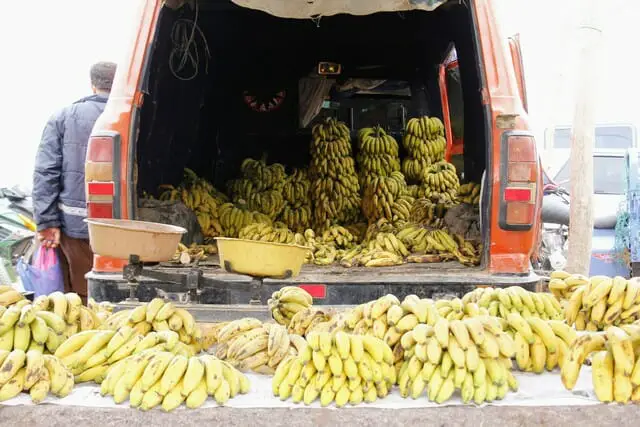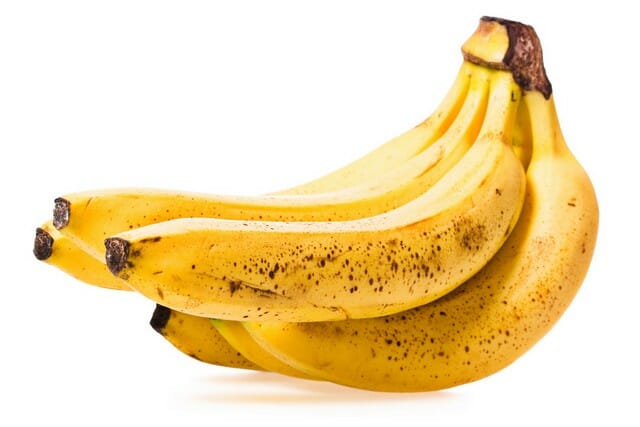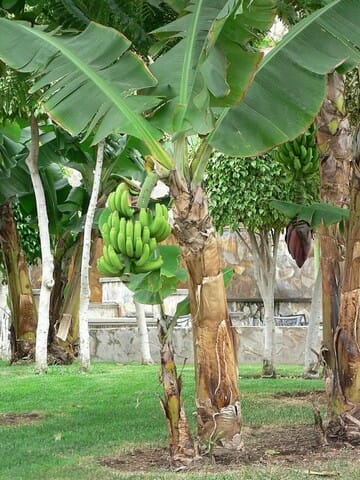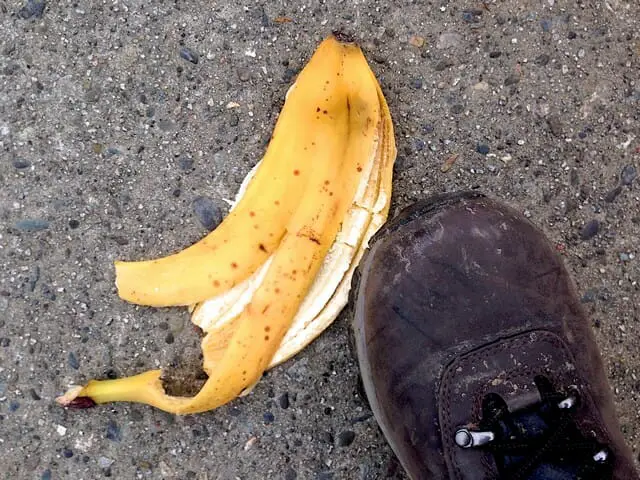Last Updated on June 15, 2023 by Grow with Bovees
From the outside, composting isn’t something a lot of people want to think about.
A lot of them also don’t want to think about the amount of waste they are creating and what it is doing to the planet.
But if you have a small garden, you start thinking about organic ways to feed your garden, and from that comes the “gem” of an idea for natural fertilizer.
And a good compost bin can go a long way in fertilizing your produce. What you put in it, of course, determines whether it will cause a stink.

Composting is the process of decomposing natural organic materials in a certain way so that the good microbes eat away your kitchen and backyard waste materials and turn them into fertilizer.
The right way to do it is to create the perfect ratio of green waste to brown. Green waste has a lot of moisture, which is good, but not if there’s too much of it.
Brown waste needs to absorb the excess water so that the compost is formed. A lot of people go for a 50:50 mix, and it typically works. There is also a 60:40 ratio with more green, which is a recommendation from makers of compost bins.

You are probably going to be accumulating waste in installments. So the best way to do it is to add a little of both each time you open the compost bin.
We will also leave a note on bad waste that can add to compost contamination for your reference. For now, let’s talk about the yellow fruit, and are banana peels compostable?
Tips For Composting Banana Peels — How To Decompose Banana Peel
This is an excellent fruit that greatly suits composting needs since it is so good at breaking down and providing phosphorus, calcium, and potassium to the compost pile and nutrients to the soil.
The best way is to cut them into smaller pieces so that the process of decomposition inside the compost bin is escalated. Chop them up before placing them into a kitchen composting crock along with any other food scraps that you will be composting.
You can add worms through traditional compost or vermicompost, but the bin will get hot during the process and the bananas will break down over a period of three to four weeks. However, this is only the case with full banana peels thrown in as it is.
And you must remember that airflow is rather critical to the process. So it’s good advice to rotate your compost tumbler from time to time and make sure that it is turned regularly. With a compost pile, it is best practice to keep it aerated using some kind of compost bin aerator tool or a compost turner.
And again, with a compost bin, you can open the bin and poke holes or use your composting tools to ensure the microbes are kept happy with a constant supply of oxygen.
This will ensure that the decomposition process is kept going, and you are making the most of the organic material that you are putting into your compost pile. If you need some compost in a hurry, you can always use some store-bought bagged compost from your local garden center.

You can also dig up some soil around plants and place the peel in there to attract worms which do an excellent job of decomposing the banana peel.
Another great way to do it is to add the banana peels to the potting mix or top layer of the soil by lifting the mulch around shrubs or potted plants. Just make sure the mulch is replaced. It is a type of fertilizing that is called side dressing.
How to Use Banana Peels In Compost

This is a pretty easy task. A lot of websites and books on composting and organic farming say that banana peels are a great fertilizer and can be used directly for rose plants.
While that is correct, banana peels are best utilized as a fertilizer when they are composted first. Placing the peels directly on the soil or under the mulch can slow down the process, which is helpful if you want the plant to slowly take in the nutrients. Here is a step-by-step guide to making that happen.
Step 1: Pick an unused corner of your garden or outdoor play area to locate your compost pile.
Step 2: Get brown materials like dried twigs, dead grass, and other organic material and bring them to the compost pile. You can also use dead leaves and spent flowers for the same. These are a great source of carbon, which is important to the process. If you have big twigs, make sure you break them into smaller pieces.
Step 3: Chop the banana peels into small bits of about one inch or two with any knife in the house. Gather the peels along with other fruit and vegetable ingredients from your kitchen. Add them to the pile as part of the green matter. They are referred to as green because they bring nitrogen to the process.
Step 4: Layer the greens and browns to create heat that breaks the organic matter into compost. At this stage, you may want to add a compost starter. This is not always necessary, but it may help the composting process get going faster.
Step 5: Add equal measures of greens and browns to the pile when you have fresh material. It is helpful to keep a pile of brown matter so that it is readily available to add to the compost bin when you have fresh green waste. You can also add eggshells and coffee grounds and most coffee filters to the mix. If the pile seems dry, you can just spray with a touch of water to make it damp. That is the sweet spot.
Step 6: At least once a week, you must turn and mix the pile with a compost fork so that the pile gets enough oxygen to help the composting process. This is particularly important if you see the pile getting wet so that it gets back to its damp state. If you see grubs in your compost heap, don’t worry too much, they’re not all bad.
Remove the Sticker From The Banana Peels

Clearly, banana peels can do wonders for a compost pile, as they are very rich in potassium and calcium. But there are a few things that can do just the opposite.
When you are adding citrus fruits and vegetables to the compost, make sure you remove those tiny, annoying sticky labels that are placed on food items with their origin and price. One way to avoid these irritations is to grow your own bananas at home.
Typically, these are made of vinyl or plastic. And although they are classed as food grade, they are not biodegradable nor are they edible! Because of their size, it is easy to miss them especially if you are throwing the whole peel into the compost pile.
These little stickers are so stubborn that even municipal composters have a tough time breaking them down and they actually cause compost contamination.

Use Banana Peels For Compost Tea
A great method of using banana peels is to brew up a compost tea with them.
This is very straightforward.
Take two or three of your nutrient-rich banana peels, cut them into small pieces, and add them to a bucket or plastic container with approximately 20 oz of water.
After a few days, the concoction is ready for use, (if you leave it too long, it is in danger of creating a not too pleasant odor). Once you take the pieces of banana peel out, you can incorporate them into your compost pile so they can finish the composting process.
You can then go ahead and water your plants and vegetables using your freshly made compost tea.
Final Thoughts On Can I Put Banana Peels in My Compost
Bananas are great potassium fertilizers that help in the development of strong roots and stems for plants. They regulate enzymes in plants, and are also often used as a pest repellent in gardens. Hopefully, now you know the answer to “can you compost banana peels?”, you will do so more often!
Resources;
https://www.nku.edu/~whitsonma/Bio150LSite/Lab%2011%20Enzymes/Bio150LEnzymes.html
